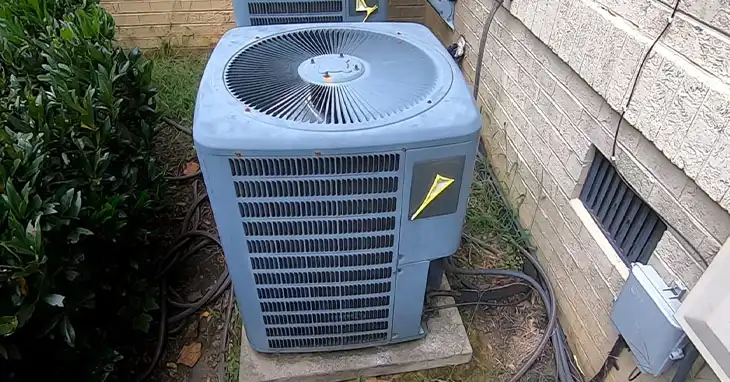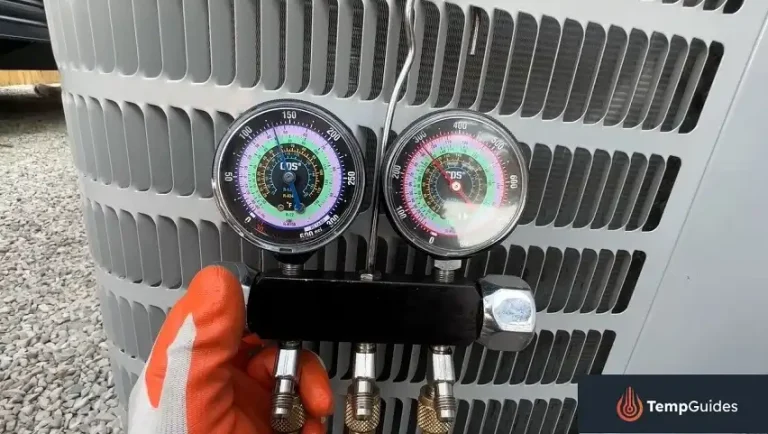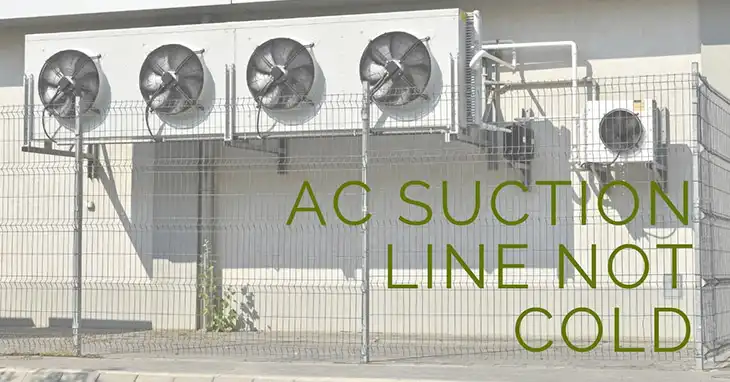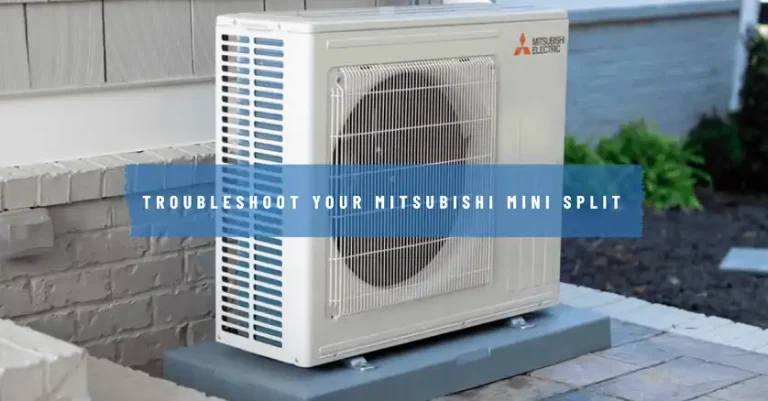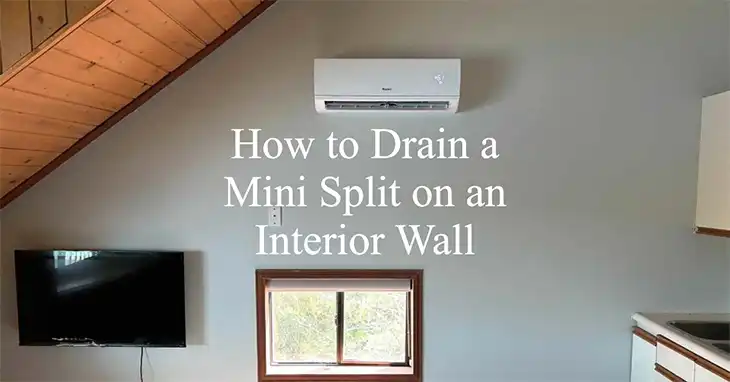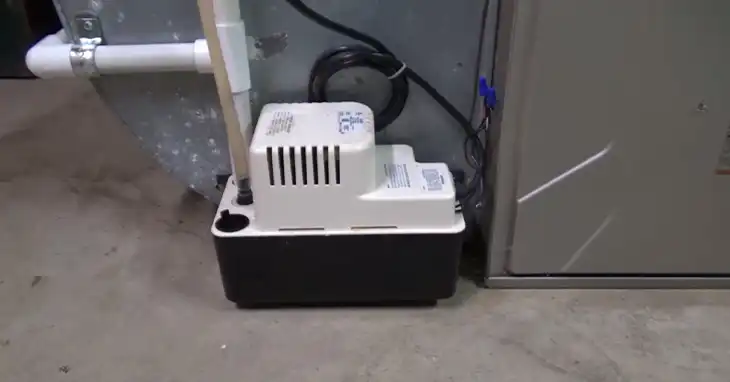Why Does My Air Conditioner Keep Running When Turned Off?
Coming home after a long day to find your air conditioner still blowing cold air can be frustrating and confusing. Especially if you clearly remember turning the unit off before leaving the house that morning! An AC that refuses to shut down properly is not only annoying but also wastes energy and drives up electricity bills.
While an AC unit may run for a few minutes after being turned off to circulate leftover cool air, continuous running indicates a problem. Before you call an HVAC technician, there are several basic troubleshooting steps you can try yourself to diagnose and possibly fix the issue.
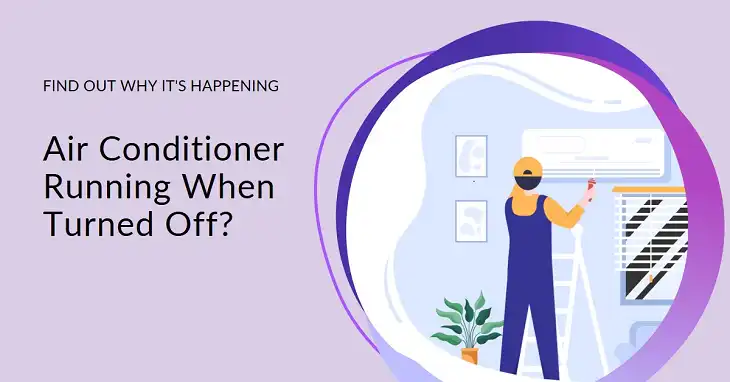
Step 1: Check the Thermostat Settings

The first step is verifying that your air conditioner is actually set to “off”. Modern thermostats have various modes like “auto”, “on”, and “cool”. If someone accidentally bumps the thermostat mode to “on”, the system will run continuously regardless of the set temperature. Carefully review the thermostat and ensure the mode is set to “off”.
While checking settings, look for any active schedules or temperature setpoints that could be overriding the off mode. For example, if you have a scheduled comfort setting for 70°F at 5 PM, the AC will turn on at that time even if the mode is set to off. Temporarily adjust schedules and setpoints higher to see if that stops the AC from running.
Step 2: Inspect Thermostat Batteries and Connections
If adjusting the thermostat settings doesn’t solve the problem, faulty thermostat batteries or connections could be to blame. Low batteries can disrupt communication between the thermostat and the AC system. Check that the batteries are new and correctly installed. Most thermostats require common AAA or AA batteries.
Next, remove the thermostat faceplate and verify that all wire connections are intact. Look for any loose wires that may have popped out of terminals. Improper wire connections can continuously call for cooling. Tighten any loose wires and ensure wires match the terminal labels like “Y”, “G”, “R”, etc.
Step 3: Replace a Dirty Air Filter

As simple as it sounds, a dirty clogged air filter can cause an AC system to run nonstop. Filters dirty with dust and debris lead to restricted airflow, forcing the system to work harder to try to cool the home. This strains the AC components and can cause them to malfunction.
Shut off power to the AC, remove the old filter, and replace it with a new one. Air filters are inexpensive and available at any hardware store. For optimal efficiency, filters should be replaced every 1-3 months depending on use. Keeping the filter clean can extend the life of your AC system.
Step 4: Reset the Thermostat
If the AC continues running with basic troubleshooting steps, reset the thermostat by switching the circuit breaker to the unit off for 5 minutes. This clears any software glitches and forces the thermostat to reboot fresh. After 5 minutes, turn the breaker back on. The AC system will go through an initialization sequence and hopefully reset any stuck settings causing it to continue running.
Step 5: Check the Location and Sensors
In some cases, the thermostat itself is working fine but its location or sensors are providing incorrect temperature readings. This leads to a discrepancy between the actual home temperature and what the thermostat “thinks” it should be. Some solutions are:
- Move the thermostat to a different room temporarily to test readings
- Ensure the thermostat is mounted away from windows, vents, or drafts
- Clean the thermostat sensor with compressed air to clear any dust buildup
- Test room temperature with thermometer to verify thermostat accuracy
Relocating the thermostat or recalibrating the sensor can resolve inaccurate readings telling the AC system to keep running unnecessarily.
Step 6: Inspect the Limit Control Switch

Most AC systems have a limit control switch near the evaporator coils that serves as a safety mechanism to prevent the system from freezing. If this switch malfunctions, it can continuously tell the blower fan to run even when cooling is not needed. Visually inspect the limit switch for any signs of damage or fault. These safety switches are designed for DIY repair or replacement.
Step 7: Check for Electrical Shorts
Faulty wiring and electrical shorts are another common cause of HVAC systems that won’t shut off. Over time, wiring can become damaged or disconnected due to repeated heating and cooling cycles. If wires are loose, frayed, or stripped, it can disrupt communication signals. Short circuits also overload the system and damage components.
Warning signs of electrical shorts include burning smells coming from the AC unit, frequent tripped circuit breakers, or blinking indicator lights. For safety reasons, it’s best to call an electrician or HVAC technician to diagnose and fix any shorts in the system wiring. Attempting electrical repairs without training puts you at serious risk of electrocution.
Step 8: Test the Contactor
The contactor is an electrical component that acts as a power switch for the compressor and condenser fan. When operating properly, the contactor should open the circuit to turn the compressor and fan off when the thermostat is satisfied. However, an old stuck contactor can force the compressor and fan to run continuously even when the cooling system is turned off.
A telltale sign of a faulty contactor is a loud clicking noise coming from the outdoor AC unit as it tries to open and close. Contactors do wear out over time and require expert replacement. Call an HVAC technician to diagnose a stuck contactor that fails to turn the AC components off.
Step 9: Check Refrigerant Levels

Low refrigerant levels prevent an AC system from effectively cooling the home. This forces the unit to run continuously in an attempt to reach the set temperature. While refrigerant leaks are not a DIY repair, you can check sight glasses on the AC lines to see if refrigerant appears low. Adding more refrigerant requires specialized equipment and an HVAC technician’s expertise, so do not attempt to top off the system yourself.
Step 10: Reevaluate Sizing
An air conditioner that is too large for your home’s square footage will have trouble maintaining a stable temperature. It cools so quickly that it cannot run long enough for the humidity to be removed from the air. The short-run times also hinder air circulation. This results in the oversized unit turning on and off continuously without properly dehumidifying or circulating air in your home. Consulting an HVAC pro to verify proper sizing or installing a smaller unit is the solution.
When It’s Time to Call a Professional?

While some basic troubleshooting steps can be performed DIY, there are good reasons to call an HVAC technician for certain issues:
Thermostat Replacement
Modern programmable thermostats have complex wiring that should be installed by a trained professional. Attempting to DIY replace a thermostat risks disconnecting wires incorrectly and damaging the system. Leave it to a technician to swap in a new thermostat and ensure optimal performance.
Contactor and Electrical Repairs
As mentioned earlier, contractors that fail to open the compressor circuit put undue strain on the system and can lead to compressor damage. The electrical expertise of an HVAC technician is required to test and replace a faulty contactor. Similarly, any signs of electrical shorts necessitate calling in a professional for repair.
Refrigerant Charging
Only certified HVAC technicians have the equipment and knowledge to properly recharge an AC system with refrigerant. Attempting to add refrigerant on your own can easily cause you to overcharge the system, leading to dangerous pressure spikes. A professional performs exact calculations to determine the required refrigerant level for optimal performance.
Persistent Issues
If you methodically work through the troubleshooting guide and the AC continues running nonstop, it’s time to let a professional handle it. An experienced HVAC technician has the skills to pinpoint issues that may not be obvious to an untrained eye. They have specialized tools and expertise to get your system back up and running properly.
Proper Maintenance to Prevent AC Problems
Many common AC problems can be avoided by performing regular maintenance on your cooling system. Here are some handy tips:
Change air filters monthly – Dirty clogged filters are the #1 cause of AC problems. Replacing filters monthly improves efficiency and prevents issues.
Clean outdoor coils – Use a hose and soft brush to gently clean debris from condenser coils. Ensure proper airflow.
Get annual tune-ups – HVAC technicians check refrigerant levels, electrical contacts, belts, and performance during a tune-up. This prevents malfunctions and inefficiencies.
Check ductwork – Ensure ducts are properly sealed so cooled air reaches your home. Repair any detached or leaky ducts.
Properly maintaining your AC system optimizes performance and significantly extends the life of your unit, saving you money in the long run. A little preventative maintenance goes a long way!
Sum Up
An air conditioner that refuses to shut off can quickly lead to frustration and discomfort in your home. Before shelling out money for an HVAC service call, methodically work through some DIY troubleshooting techniques to identify any simple issues like dirty filters, thermostat mix-ups, or electrical shorts. But know your limits and don’t hesitate to call in a professional when needed. With some periodic maintenance and attentiveness when problems arise, your cooling system will keep you comfortable all summer long.
Frequently Asked Questions
Is it normal for the AC fan to run briefly after the unit shuts off?
Yes, it is completely normal for the blower fan to continue running for 30 seconds to a few minutes after the AC shuts off. This allows time for any lingering cool air in the ductwork to circulate through your home. The fan shuts off automatically once this air is distributed.
How can I prevent my AC from short-cycling on and off?
Frequent short cycling (turning on and off) can be caused by a dirty filter, an improperly sized AC unit, or an incorrect refrigerant charge. Be sure to change filters monthly, have an HVAC pro verify proper sizing for your home, and perform annual maintenance checks to help prevent short cycling issues.
What causes my AC to freeze up?
A frozen AC unit is most often caused by low refrigerant levels, dirty filters, or faulty components. If your AC freezes frequently, contact an HVAC technician to inspect the refrigerant level, find restrictions in the system, and repair any components that may be malfunctioning.
Why does my AC keep tripping the circuit breaker?
Frequent breaker tripping points to an electrical issue like a short, overloaded circuit, or faulty component drawing excessive current. Call an electrician immediately to diagnose the issue for safety. Do not try to troubleshoot on your own due to the risk of electrocution.

